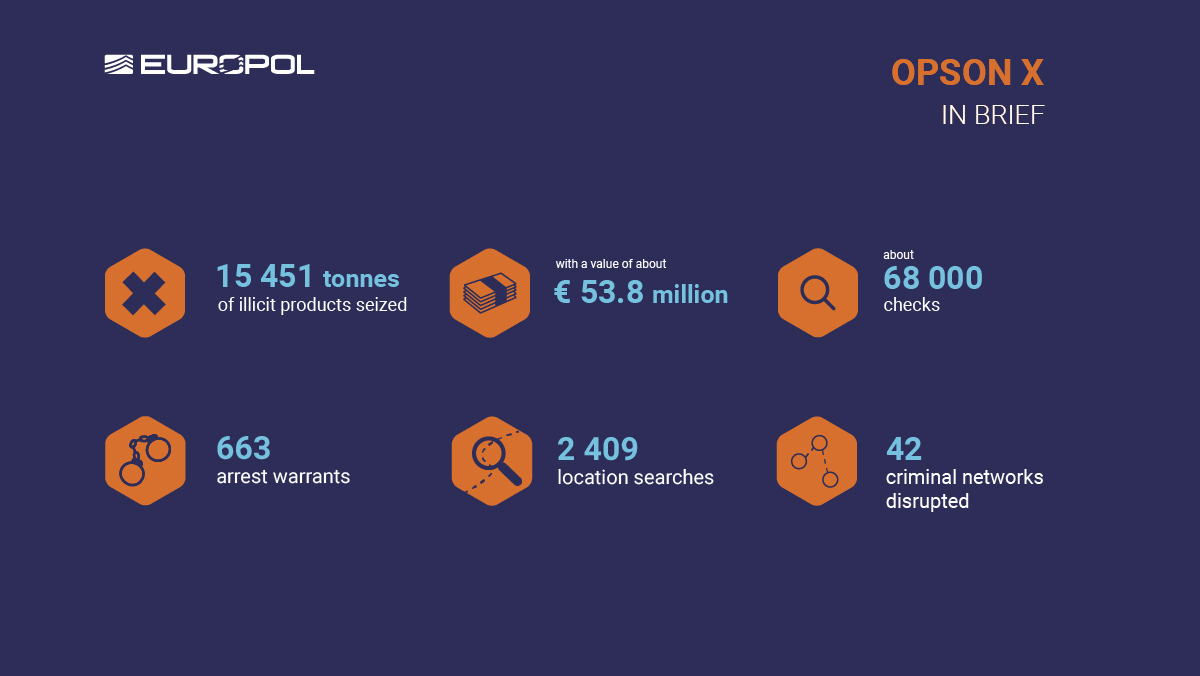Truffles: the most expensive food on earth and a target for food fraud
Truffles are edible fungi that grow in the soil in symbiosis with the roots of several tree and bush species. Due to their aroma, their price can range from a few hundred dollars to thousands of dollars per kilogram. The most valued varieties are the ones produced in Europe (mainly in Croatia, France, Hungary, Italy, Slovenia and Spain) which account for 85% of the global market.
Scientists from the Jozef Stefan Institute in Slovenia, with technical advice and analytical support from the IAEA and the Food and Agriculture Organization of the United Nations (FAO), are studying their composition in order to determine their origins and help detect fraud. Thanks to the database and the techniques developed, other laboratories worldwide can also test truffles, establish their geographical origin and verify if they are genuine.
The most important results of their study were recently published in the journal Molecules. The study focuses on fraud related to misrepresentation of the geographical origin or species identification of the mushroom, known as mislabelling.
The cheats can be found out with the help of chemical analysis: because the isotopic make-up of the various truffles grown in different parts of the world are different, this analysis helps reveal their origins. The Slovenian scientists created a reference database for truffles. This database includes natural occurring stable isotope ratio of hydrogen, carbon, nitrogen, oxygen, sulphur and strontium as well as the elemental and isotopic composition of authentic Slovenian truffle samples of the Tuber species (which includes calcium, cadmium, copper, iron, mercury, potassium, phosphorus, lead, aluminium, arsenic, barium, cobalt, chromium, caesium, magnesium, manganese, sodium, nickel, rubidium, sulphur, strontium, vanadium and zinc) from a range of geographical, geological and climatic origins.
Read full article.

 The food sector is subject to illegal practices of various types such as adulteration or exploitation of labour. In the media and public discourse, this phenomenon is often associated to activities by organised crime groups. Drawing on a socio-legal empirical study on the perception and conceptualisation of food crime in English and Italian public institutions, this paper unpacks the involvement of organised crime and mafia-type actors in the food sector. Considering data collected through in-depth interviews with representatives of law enforcement and other public authorities, supported by documentary sources, this research points out that, from both an institutional perspective that narrowly conceptualises as food crime as food fraud, as well as from a wider perspective that addresses other practices happening in the food sector, organised crime is involved in food crime. By referring to the English and Italian cases, and by merging different bodies of literature, such as green criminology and enterprise theory, this article advocates for conceptual clarity when referring to the involvement of corporate crime, organised crime and mafia-type groups active in the food sector. In so doing, it presents and reflects upon ‘organised food crime’ as a new socio-legal category and highlights its policy outcomes.
The food sector is subject to illegal practices of various types such as adulteration or exploitation of labour. In the media and public discourse, this phenomenon is often associated to activities by organised crime groups. Drawing on a socio-legal empirical study on the perception and conceptualisation of food crime in English and Italian public institutions, this paper unpacks the involvement of organised crime and mafia-type actors in the food sector. Considering data collected through in-depth interviews with representatives of law enforcement and other public authorities, supported by documentary sources, this research points out that, from both an institutional perspective that narrowly conceptualises as food crime as food fraud, as well as from a wider perspective that addresses other practices happening in the food sector, organised crime is involved in food crime. By referring to the English and Italian cases, and by merging different bodies of literature, such as green criminology and enterprise theory, this article advocates for conceptual clarity when referring to the involvement of corporate crime, organised crime and mafia-type groups active in the food sector. In so doing, it presents and reflects upon ‘organised food crime’ as a new socio-legal category and highlights its policy outcomes.


 Two men and one woman accused of being at the basis of Belgium’s biggest-ever food fraud have been sentenced by a court in Antwerp.
Two men and one woman accused of being at the basis of Belgium’s biggest-ever food fraud have been sentenced by a court in Antwerp.